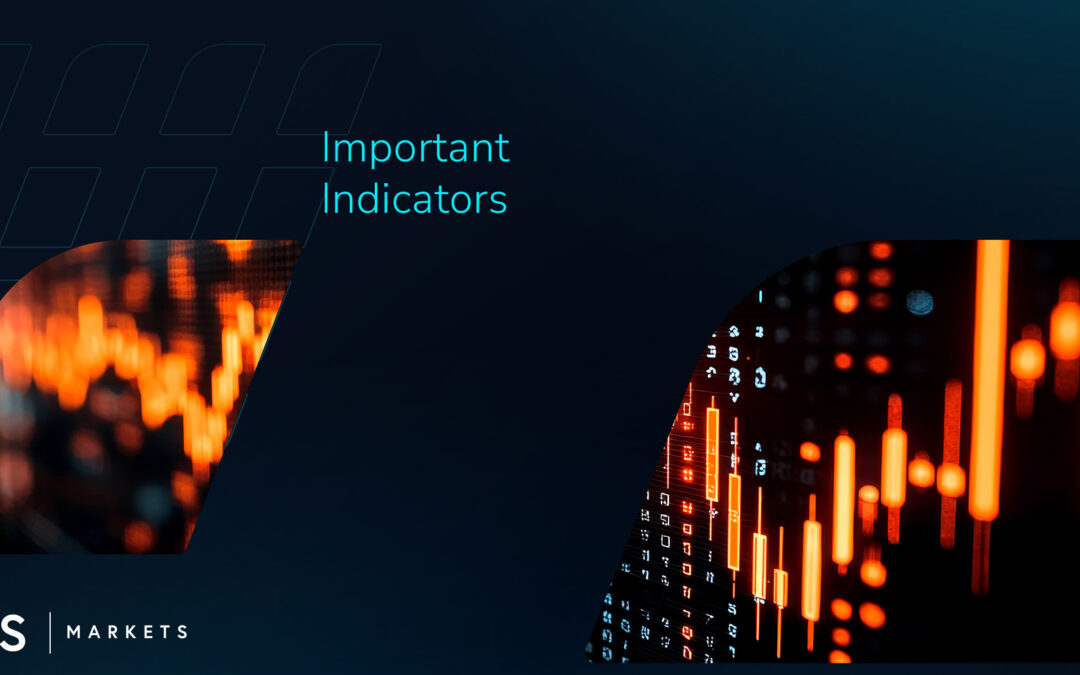When Iran’s parliament openly debated closing the Strait of Hormuz this month, observers braced for an oil-price shock. What few anticipated was the simultaneous jolt to foreign‐exchange markets, gold bullions and even the freight rates for cotton shipments. Here’s how a single political threat in Tehran has rippled across four very different markets.



